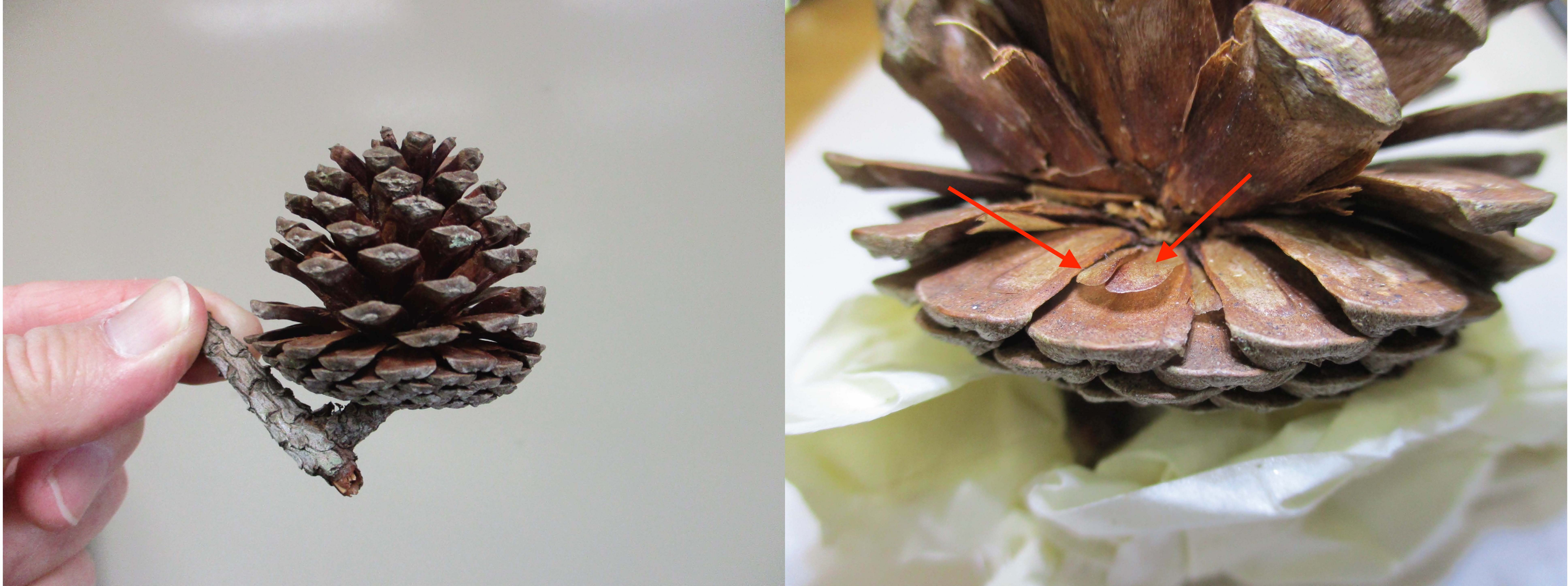Shortleaf Pines in Craven County
go.ncsu.edu/readext?780589
en Español / em Português
El inglés es el idioma de control de esta página. En la medida en que haya algún conflicto entre la traducción al inglés y la traducción, el inglés prevalece.
Al hacer clic en el enlace de traducción se activa un servicio de traducción gratuito para convertir la página al español. Al igual que con cualquier traducción por Internet, la conversión no es sensible al contexto y puede que no traduzca el texto en su significado original. NC State Extension no garantiza la exactitud del texto traducido. Por favor, tenga en cuenta que algunas aplicaciones y/o servicios pueden no funcionar como se espera cuando se traducen.
Português
Inglês é o idioma de controle desta página. Na medida que haja algum conflito entre o texto original em Inglês e a tradução, o Inglês prevalece.
Ao clicar no link de tradução, um serviço gratuito de tradução será ativado para converter a página para o Português. Como em qualquer tradução pela internet, a conversão não é sensivel ao contexto e pode não ocorrer a tradução para o significado orginal. O serviço de Extensão da Carolina do Norte (NC State Extension) não garante a exatidão do texto traduzido. Por favor, observe que algumas funções ou serviços podem não funcionar como esperado após a tradução.
English
English is the controlling language of this page. To the extent there is any conflict between the English text and the translation, English controls.
Clicking on the translation link activates a free translation service to convert the page to Spanish. As with any Internet translation, the conversion is not context-sensitive and may not translate the text to its original meaning. NC State Extension does not guarantee the accuracy of the translated text. Please note that some applications and/or services may not function as expected when translated.
Collapse ▲The four native pines indigenous to Craven County are loblolly pine (Pinus taeda), longleaf pine (P. palustris), pond pine (Pinus serotina) and shortleaf pine (P. echinata). Of the four, it could be said that loblolly shows up everywhere; longleaf is more limited to state and national forest lands that are carefully managed to preserve them; and pond pine is mostly in or at the edges of pocosins. In comparison with these three, shortleaf is scattered about and generally overlooked.
According to one of my contacts with the Croatan National Forest, there aren’t any pure stands of shortleaf pine in the Croatan, but you can find these trees intermingled with loblolly pines. A botanist or forester wouldn’t have any problem looking through a stand of pines and separating loblolly from longleaf, but in my own experience I’ve had to rely on the cones and the needle fascicles. (I’ll stick with loblolly vs. shortleaf in my comparisons, because no one will confuse shortleaf pine with either longleaf or pond pine.)
Shortleaf pine cones are ovoid (egg-shaped) and at 4 to 7 centimeters much shorter than loblolly cones, which range from 5-13 centimeters and are distinctly longer than broad. Needles per bundle (or fascicle) can vary even within species, but in general loblolly pine has needles mostly in threes, and shortleaf has needles mostly in twos. And yes, shortleaf pine needles are significantly shorter than those of loblolly, about 5-12 centimeters long as compared with 10 to 23 centimeters (or longer) for loblolly pine.
If you’ve got a large natural or wooded area to manage or improve for wildlife, shortleaf pine would be a good species to work into the mix, as the seeds are an important food source for birds and other wildlife. The NC Forest Service nurseries sell shortleaf pine, along with many other native trees, and that would be the place to start if a substantial number of trees is needed.
If you only wanted one or two for a residential property, you’d almost certainly be able to find seedlings from an online nursery. But I would argue for longleaf pine on residential sites. We can make a strong case that longleaf pine has superior wind, insect and disease resistance over shortleaf pine, and from a conservation point of view it’s better to have a few more longleaf pines than a few more loblolly pines.





